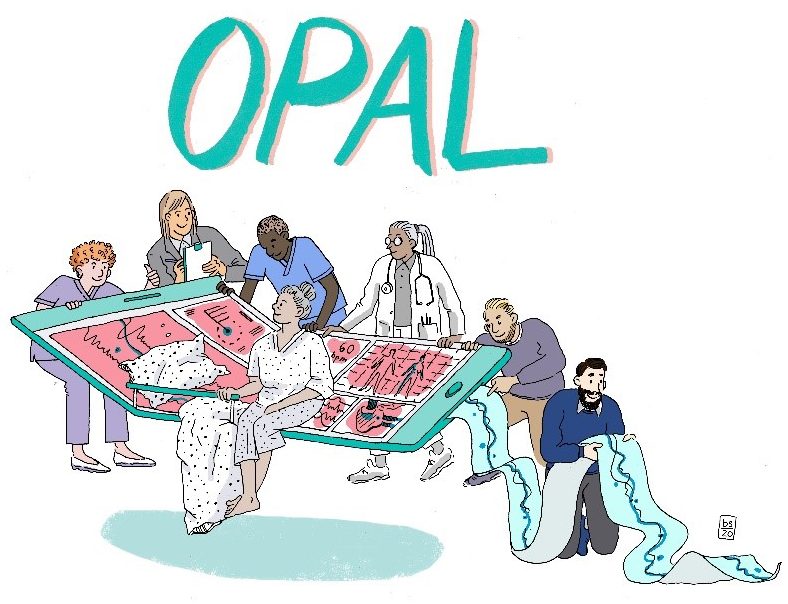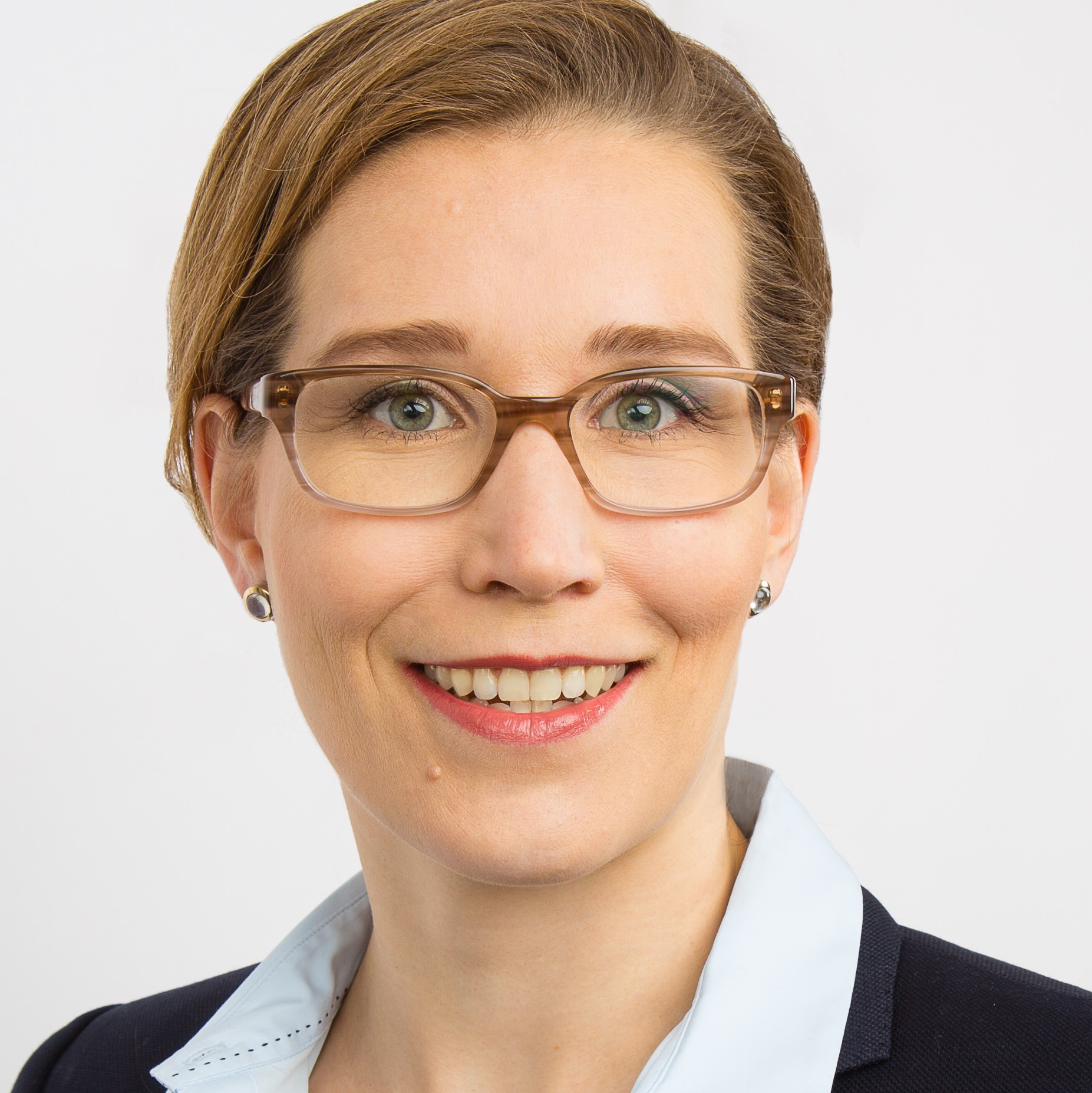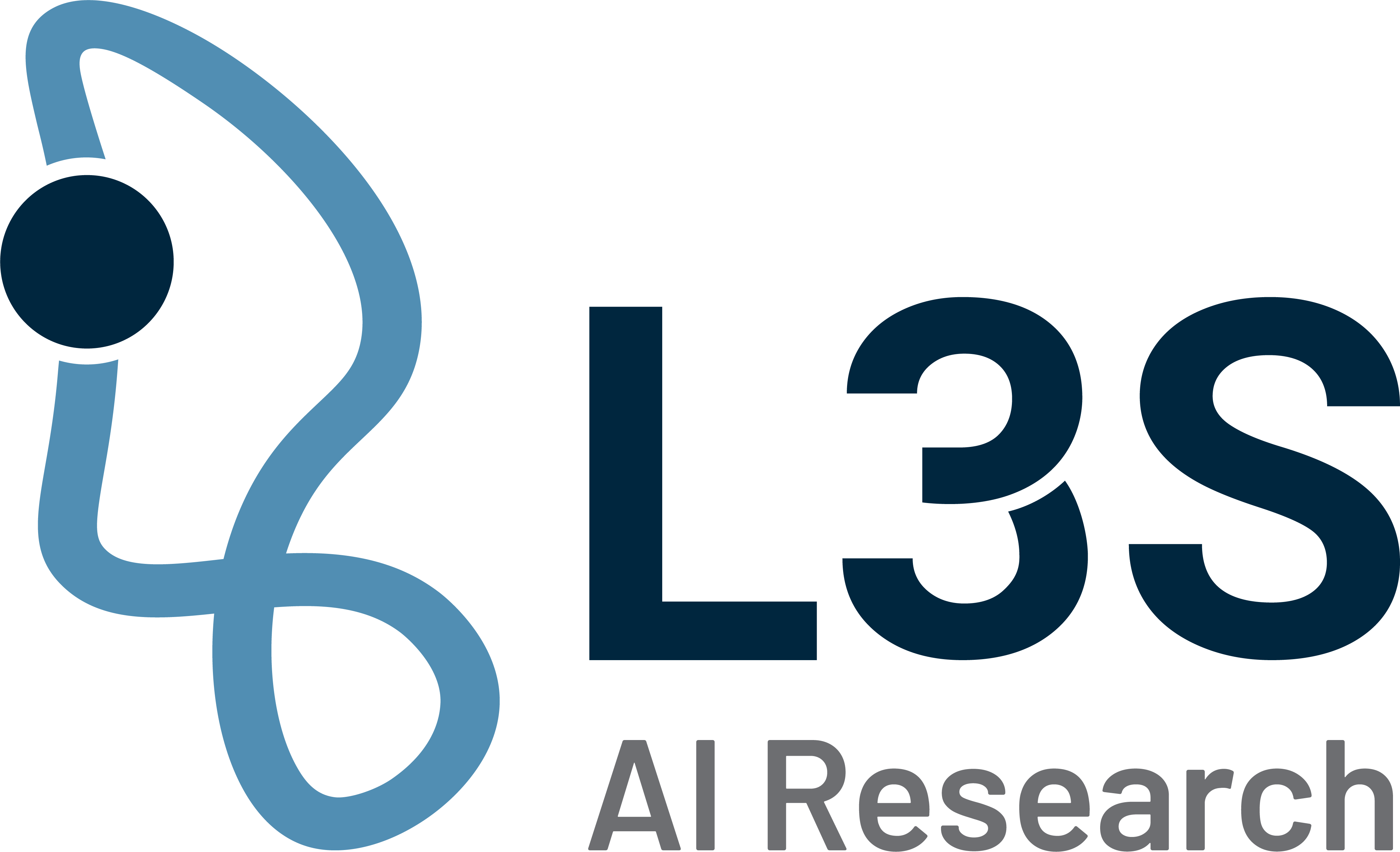Foto: ©Ocskay Mark – stock.adobe.com
Participatory technology development for care 4.0
Every second German is older than 45. Who will look after the growing number of people in need of care in the future? There is already a shortage of skilled workers in the care sector, and caregivers are stretched to the limit in their daily work. As with hardly any other social problem, hopes are high that digital technologies will help solve the nursing shortage. And so information and assistance systems, e-health applications or even care robots appear to be an opportunity for Care 4.0. Digital technologies are not only intended to relieve the burden on caregivers and improve the quality of life of those receiving care, but also to increase the efficiency of care services. In other words, care is to become digital in the long term. This vision of the future contrasts with the still very limited use of digital technologies in everyday care. Despite massive funding, only a few applications can be found in nursing homes. What is the reason for this? Why has the potential of digital transformation in care clearly fallen short so far?

The reason lies in the lack of usability in everyday nursing care. The low level of acceptance among the target groups shows that it is not enough to provide technologies for care. Rather, they must be developed together with future users. Such participatory technology design should bring together the various players from nursing practice and the scientific disciplines involved – along with their respective perspectives and requirements for the technologies. This complex process can only succeed if sociologists are involved in the technology development alongside nurses and patients. They are to coordinate the complex interactions during technology development and intervene in the event of conflicts if necessary.
With the project “Optimization of Care in Nursing Homes for the Elderly through Sensor Networks”, OPAL for short, the state of Lower Saxony is promoting the participatory introduction of innovative sensor technology on a model basis in order to improve the situation of residents and caregivers in nursing homes. In the sociological sub-project of OPAL, sociologists from the L3S are researching how the genesis of technology can be made as participatory as possible together with practice partners from care and technology development. Using a qualitative research design that includes interviews and focus group discussions, Prof. Dr. Stefanie Büchner, Dr. Jannis Hergesell and Malte Weber from L3S are accompanying the introduction of sensor beds in a retirement home. The scientists want to find out how digital applications affect work organization and care practices, where possible problem areas lie and potentials remain untapped so far. The innovative approach of OPAL: The implementation of the sensor beds is continuously evaluated sociologically and all participants are in close exchange. In this way, participatory technology design can ensure that nurses and care recipients accept the digital innovations and actually use them to their advantage.
Contact

Jun.-Prof. Dr. Stefanie Büchner
L3S member Stefanie Büchner heads the Sociology of Digitization Unit at the Institute of Sociology at Leibniz Universität Hannover. She conducts research on the field of tension between digitization and organizations.

Dr. Jannis Hergesell
Jannis Hergesell is a postdoc at L3S and at the Sociology of Digitization Unit at the Institute of Sociology, Leibniz Universität Hannover. He is the operational manager of the OPAL project.

Malte Weber, M. A.
Malte Weber is a research associate at L3S in the OPAL project and at the Institute of Sociology at Leibniz Universität Hannover.


